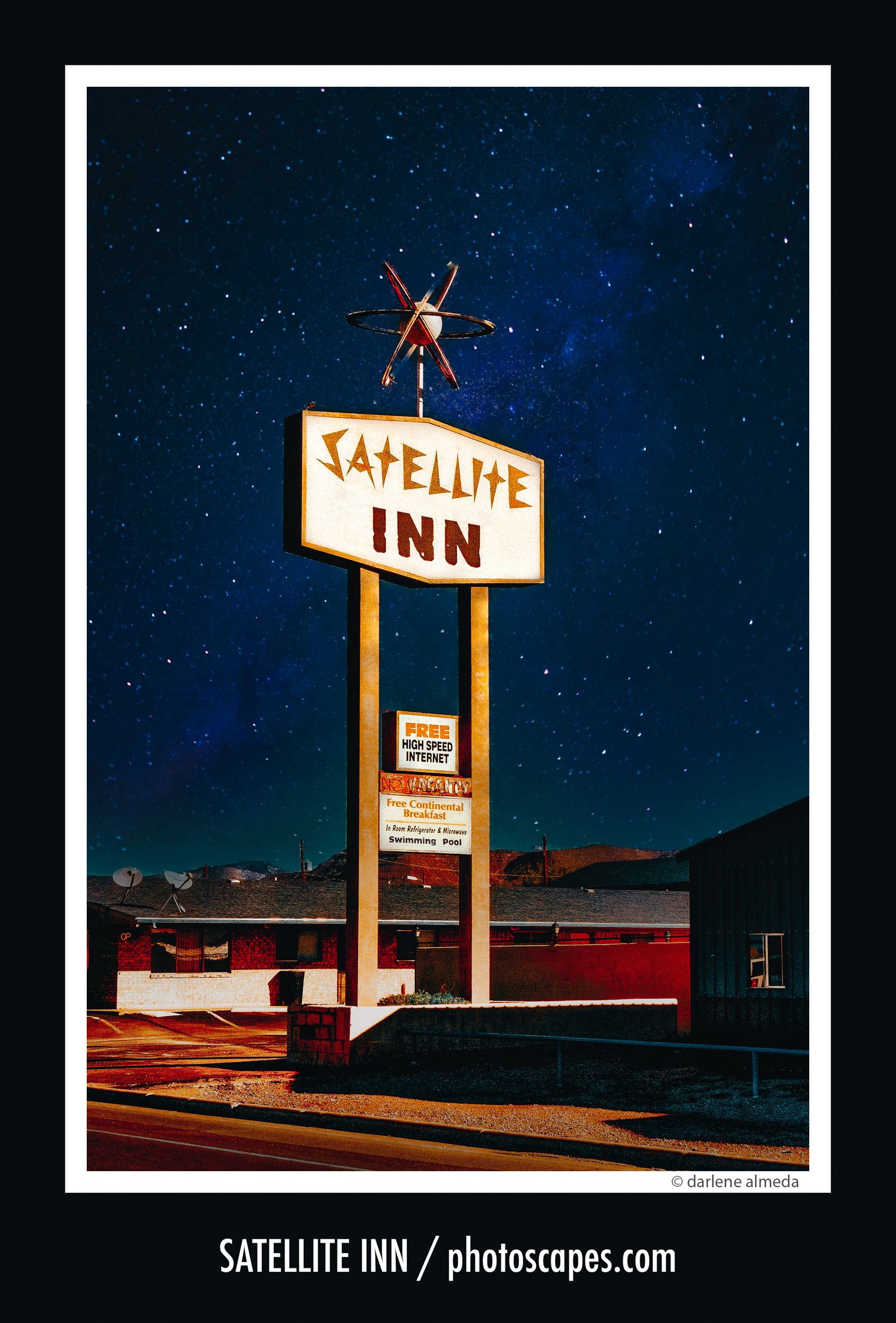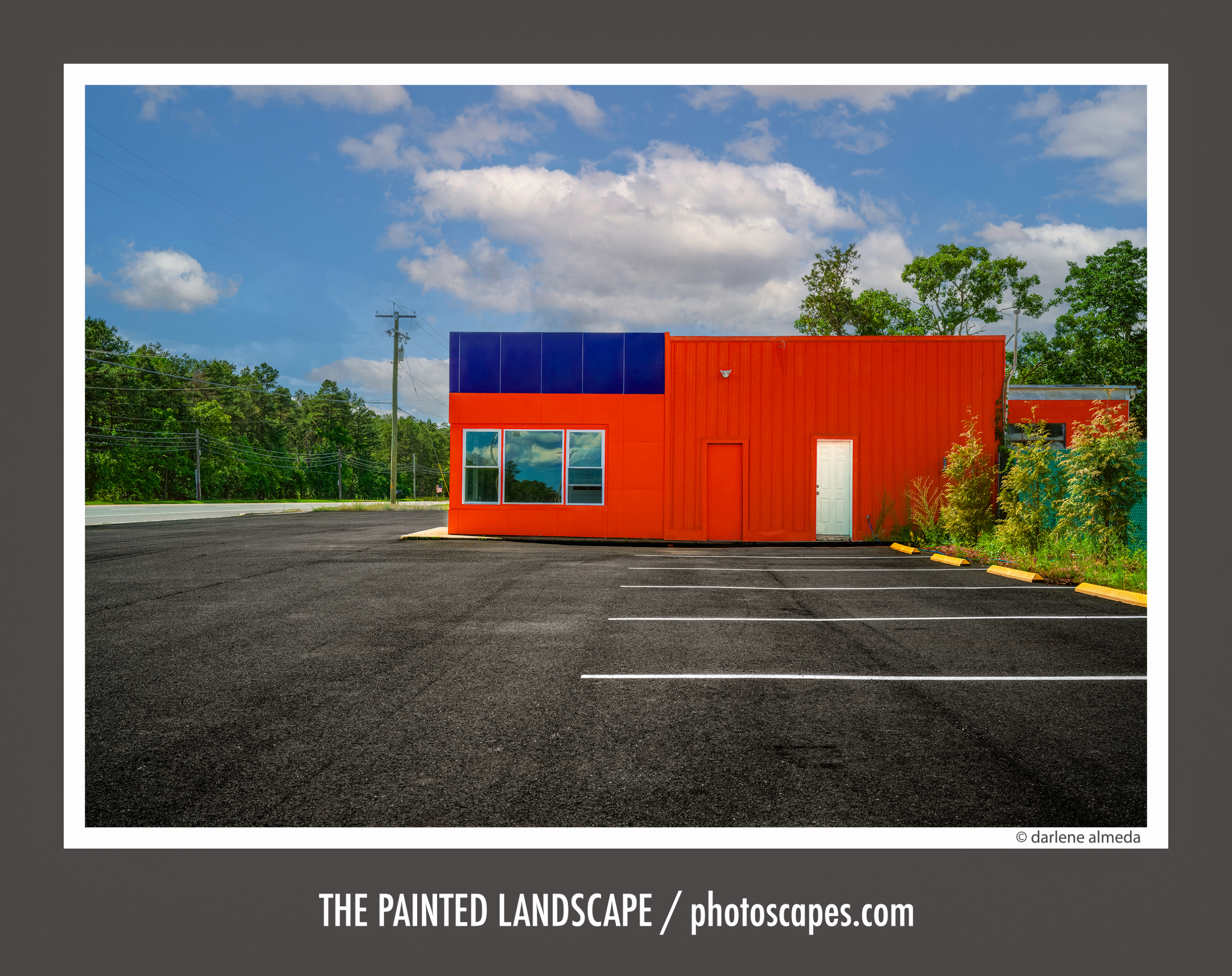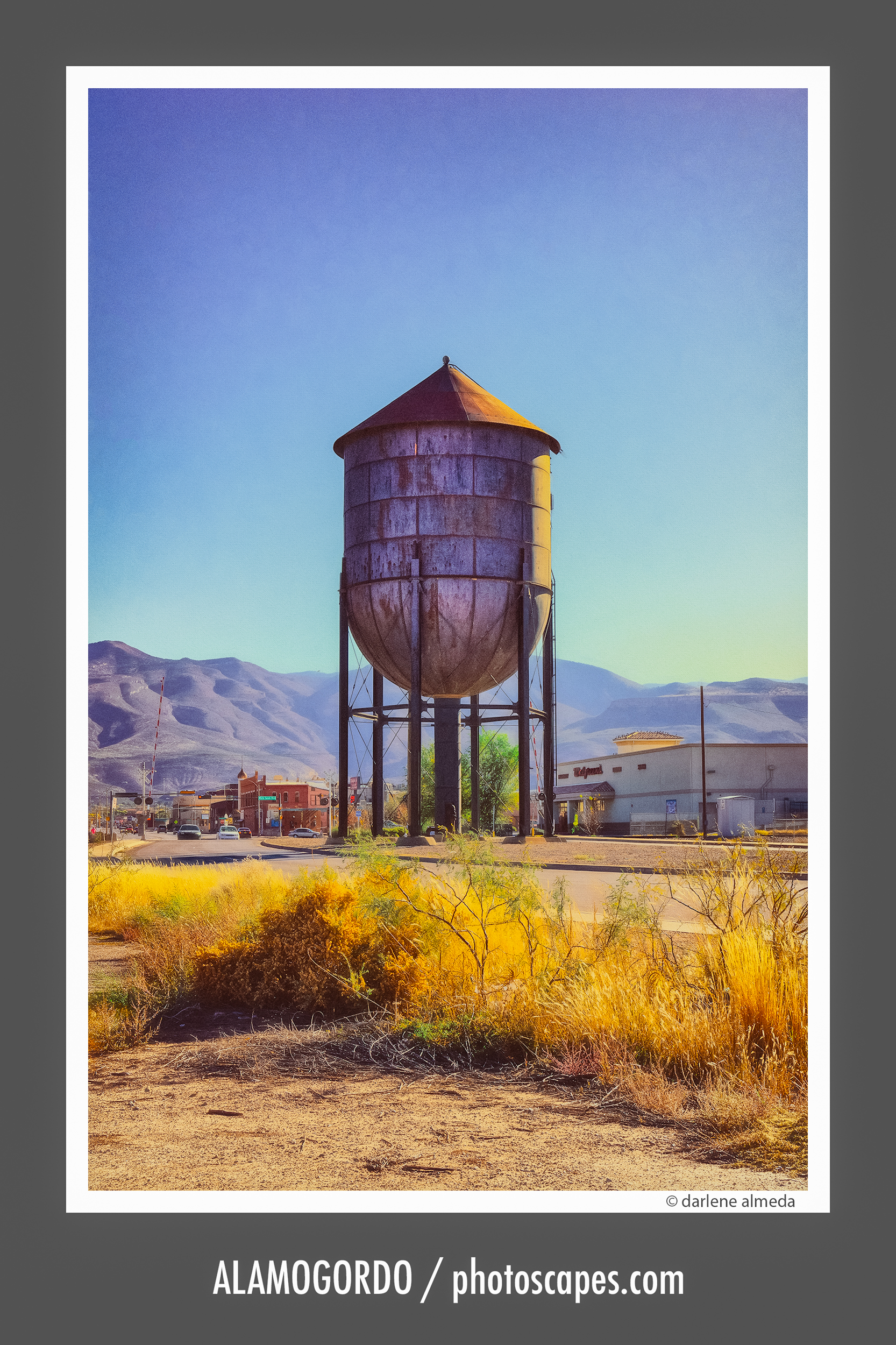Contemporary Landscape Photography
Contemporary landscape photography expands the traditional idea of “the landscape” beyond natural beauty. It explores how people shape, alter, and coexist with the land—often blending realism, abstraction, and social commentary into the same frame.
Unlike the sweeping vistas of 19th-century Romanticism, the contemporary approach looks for quiet revelations in parking lots, roadside architecture, and places where nature and human intention intersect. It’s less about perfection and more about perception—about the visual poetry found in utility poles, signage, asphalt, and shadow.
This genre emerged from the New Topographics movement of the 1970s, where photographers like Robert Adams, Lewis Baltz, and Stephen Shore turned their lenses toward the built environment. Their work encouraged us to see modern sprawl, suburban edges, and industrial forms not as eyesores but as evidence of how we inhabit the world.
Today, contemporary landscape photographers continue that conversation—documenting change, questioning beauty, and reimagining the relationship between land and design. Whether it’s a strip mall bathed in golden light or an abandoned gas station reclaimed by weeds, these images reflect the truth of our time: that the human mark on the land is as much a landscape as the mountains once were.
At its heart, contemporary landscape photography asks us to look again—to see color, form, and story in the ordinary. It’s where the familiar becomes art and the overlooked becomes meaningful.
These three images reflect how I see the contemporary landscape—not as grand or untouched, but as painted by time, memory, and human design. In Satellite Inn, neon nostalgia hums against the desert night; The Painted Landscape turns a roadside building into an abstract composition of color and geometry; and Alamogordo stands as a quiet monument to endurance, where weathered steel meets the horizon.
Together, they speak to a truth that runs through much of my work: the beauty of what remains, the poetry in what’s overlooked, and the quiet conversation between progress and decay.



